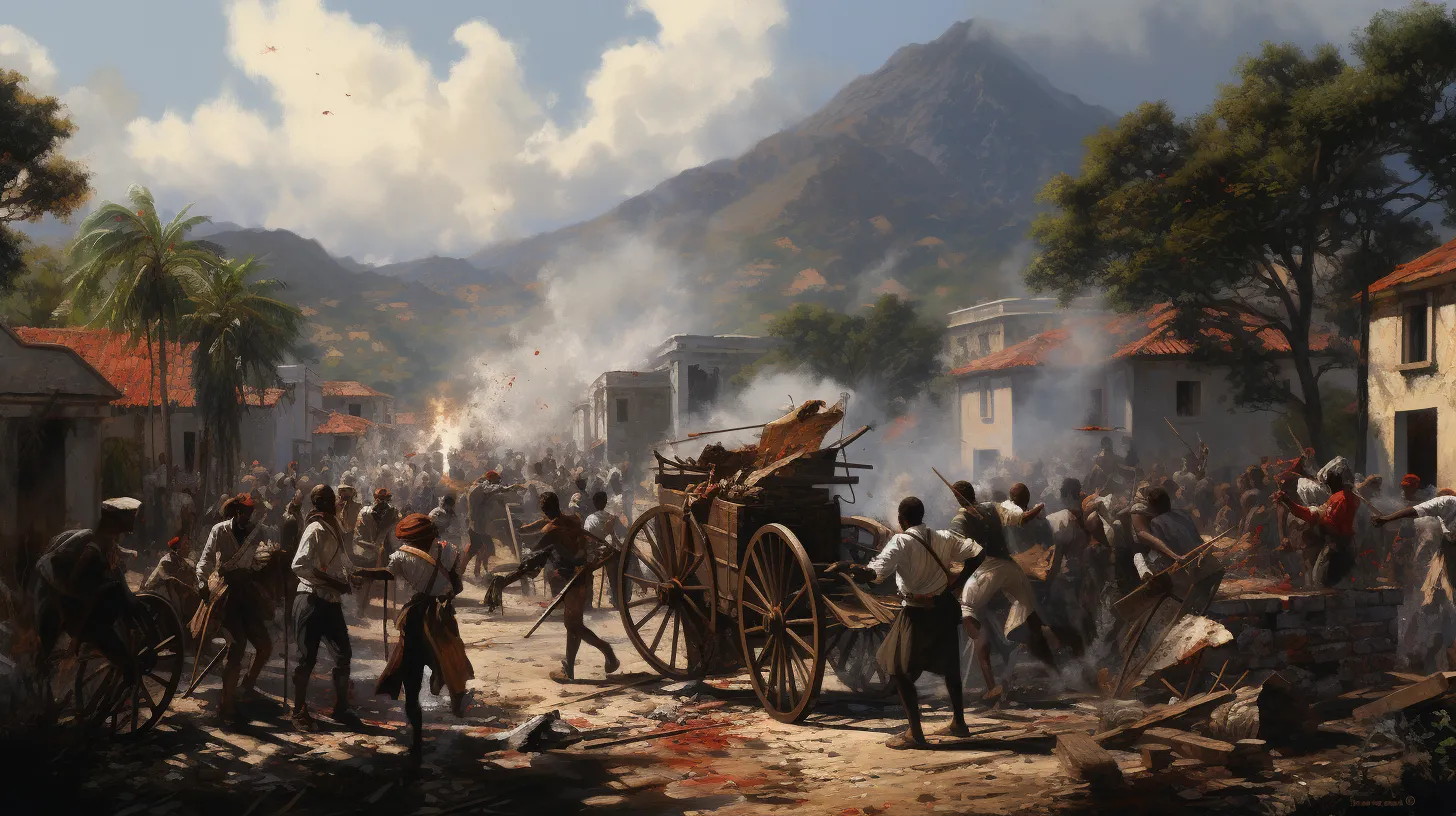Nestled in the heart of Port-au-Prince, Haiti, Champ de Mars holds immense historical and cultural significance. This iconic location has played a pivotal role in Haiti’s history, witnessing cultural and political revolutions and once housing the former Palais National.
Adorned with monuments paying homage to the nation’s founding figures and featuring the striking statue of the unknown slave, symbolizing Haiti’s independence, Champ de Mars stands as a powerful symbol of the country’s resilience and unwavering pursuit of freedom.
In addition to its historical importance, Champ de Mars offers an array of attractions, including the Museum of the National Haitian Pantheon and bustling street markets, making it a vibrant center for leisure and cultural enrichment.
With ongoing efforts to revitalize the area and a lively carnival season, Champ de Mars continues to be a focal point of Haitian pride and heritage.
As the heartbeat of Port-au-Prince, Champ de Mars embodies the spirit and essence of Haiti, inviting visitors to explore its rich history and immerse themselves in its vibrant culture.
Historical Significance and Monuments
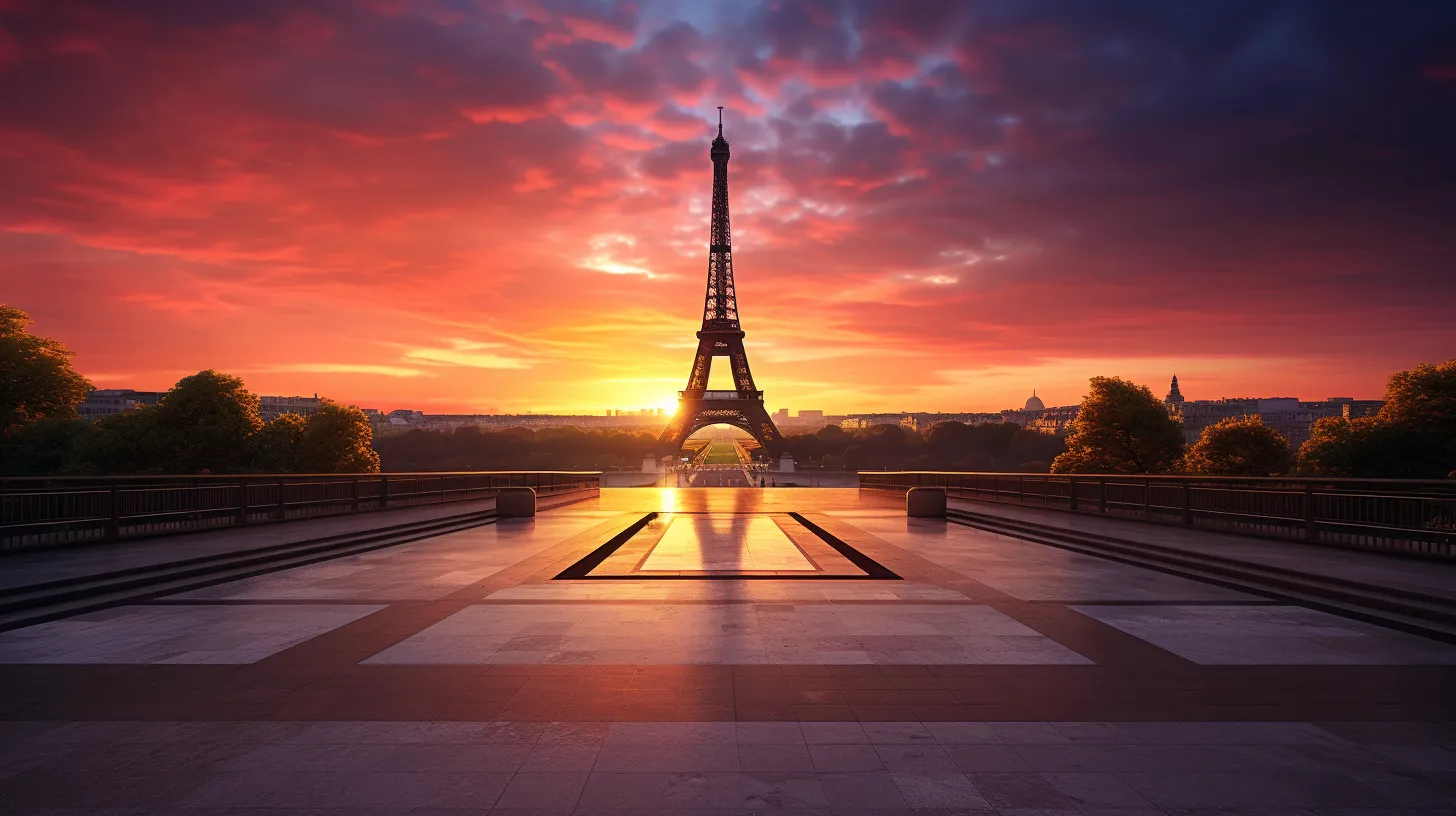
The Champ De Mars is home to a cluster of historical monuments that pay homage to Haiti’s founding fathers and bear witness to cultural and political revolutions.
This significant area features monuments dedicated to key figures in Haiti’s independence, symbolizing the country’s rich history and struggle for freedom. The iconic statue of the unknown slave stands as a powerful representation of Haiti’s independence and the enduring spirit of its people.
These monuments serve as a reminder of the cultural revolutions that have shaped the nation and continue to inspire its citizens.
The Champ de Mars stands as a testament to Haiti’s resilience and the enduring legacy of its founding fathers, making it a must-visit for those seeking to understand the cultural and historical fabric of the country.
Attractions and Entertainment
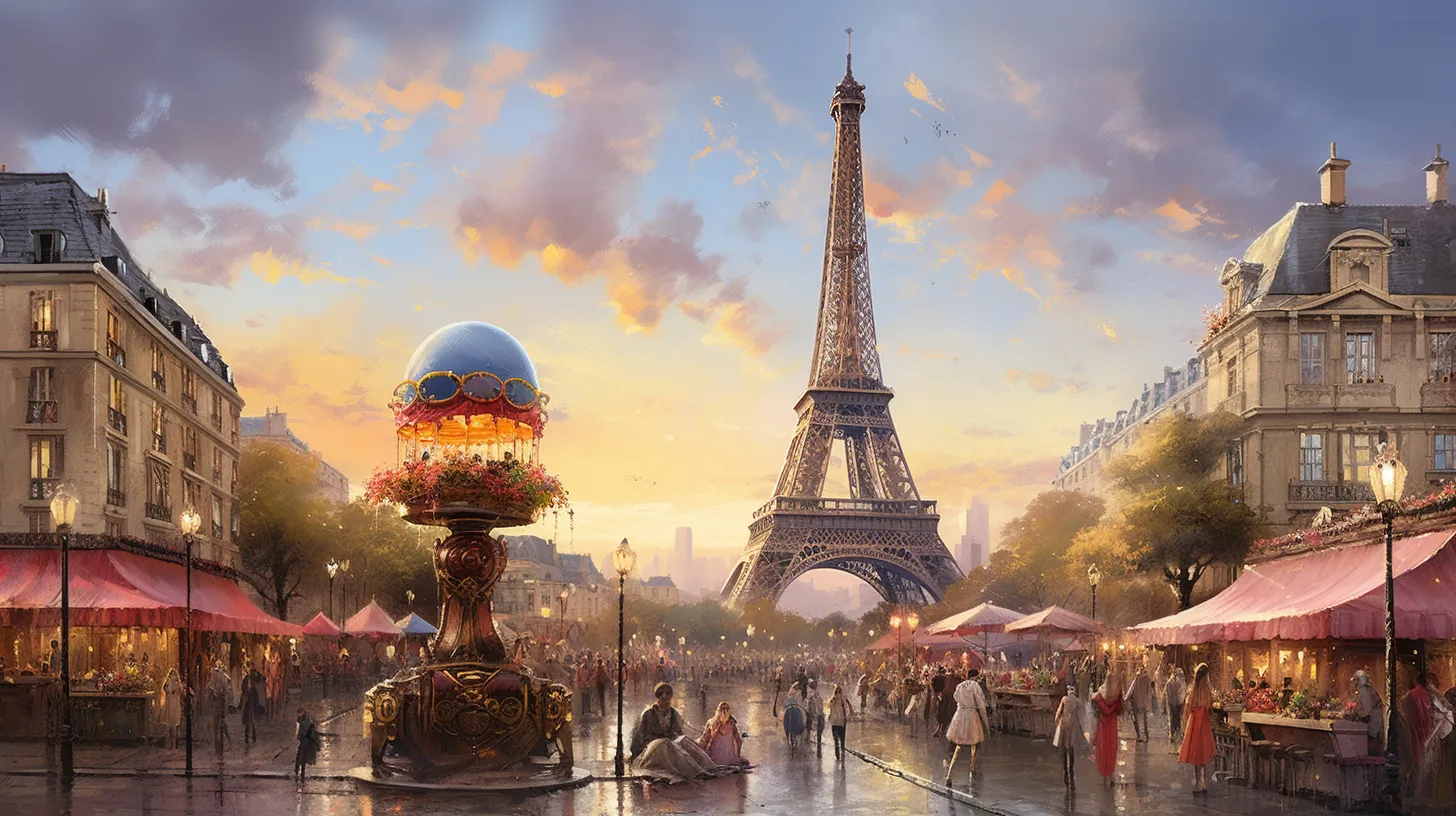
Visitors to Champ De Mars can explore a variety of attractions and entertainment options. These include the Museum of the National Haitian Pantheon, Ciné Triomphe, Rex Théâtre, and artisan stalls offering local crafts and paintings.
Artistic performances, such as theater plays and film screenings, can be enjoyed at the Ciné Triomphe and Rex Théâtre. This adds cultural enrichment to the visit, allowing visitors to immerse themselves in the rich cultural tapestry of Champ De Mars.
The area is also a paradise for food enthusiasts. Street food merchants offer local cuisine and refreshing treats like fresko and snow cones. This culinary experience allows visitors to savor the authentic flavors of Haiti while exploring the vibrant atmosphere of Champ De Mars.
Activities and Recreation
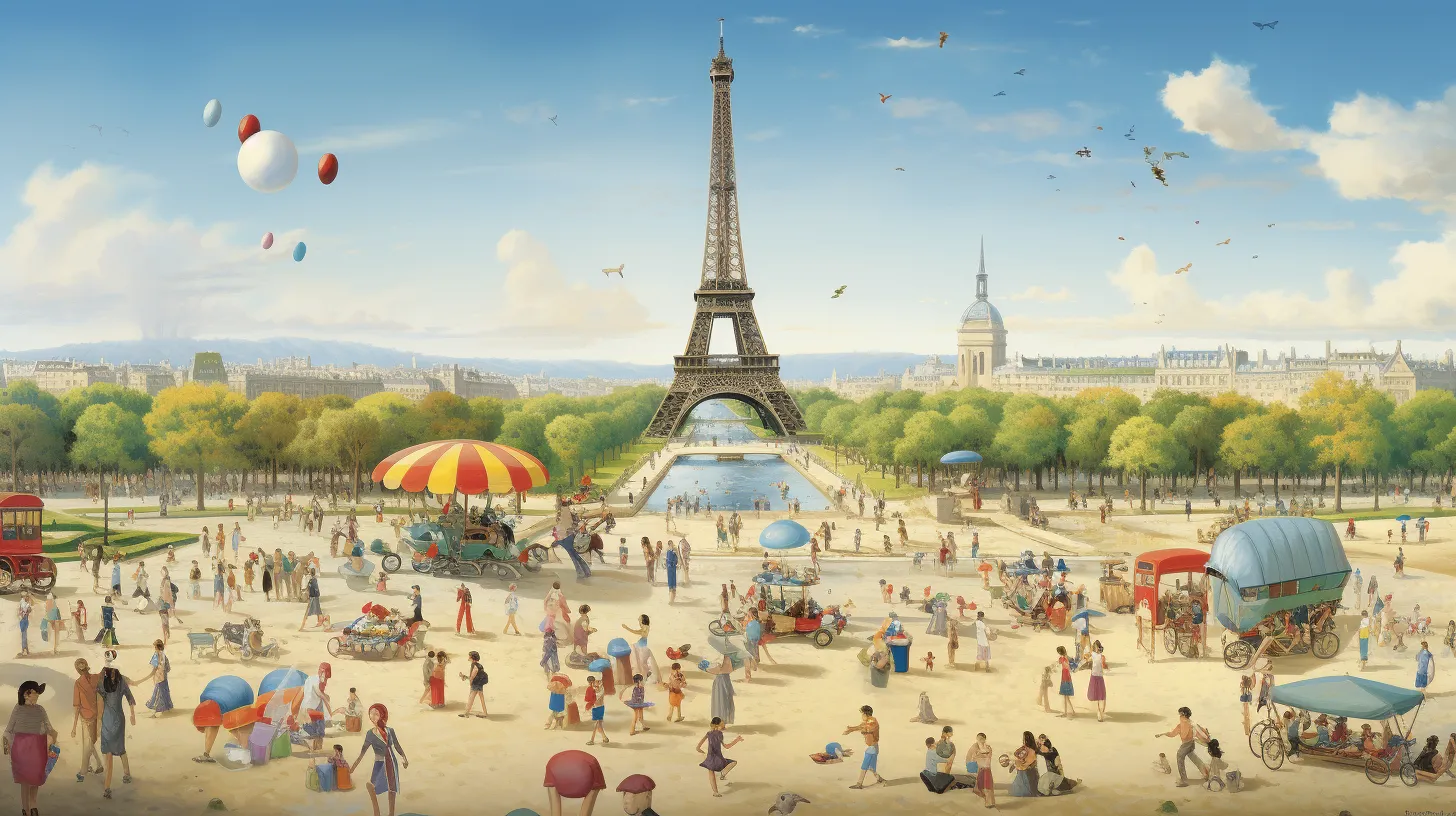
Within Champ De Mars, opportunities for leisure and physical activity abound, catering to a diverse range of interests and preferences. The park offers a serene setting for outdoor activities such as picnics, yoga, and jogging.
Cultural events, including live music performances and art exhibitions, provide enriching experiences for visitors. Additionally, the park is a popular spot for lunch breaks for white-collar Haitians and for conversations and music playing.
Nearby university departments and institutes contribute to the vibrant atmosphere, while evening food sellers at Place de la Constitution de 1801 offer local cuisine.
For those seeking a vibrant nightlife, outdoor bars like Kay Leyo provide a lively atmosphere for drinks under Tour 2004. Champ De Mars truly embodies a dynamic space for both relaxation and cultural engagement.
Carnival Season
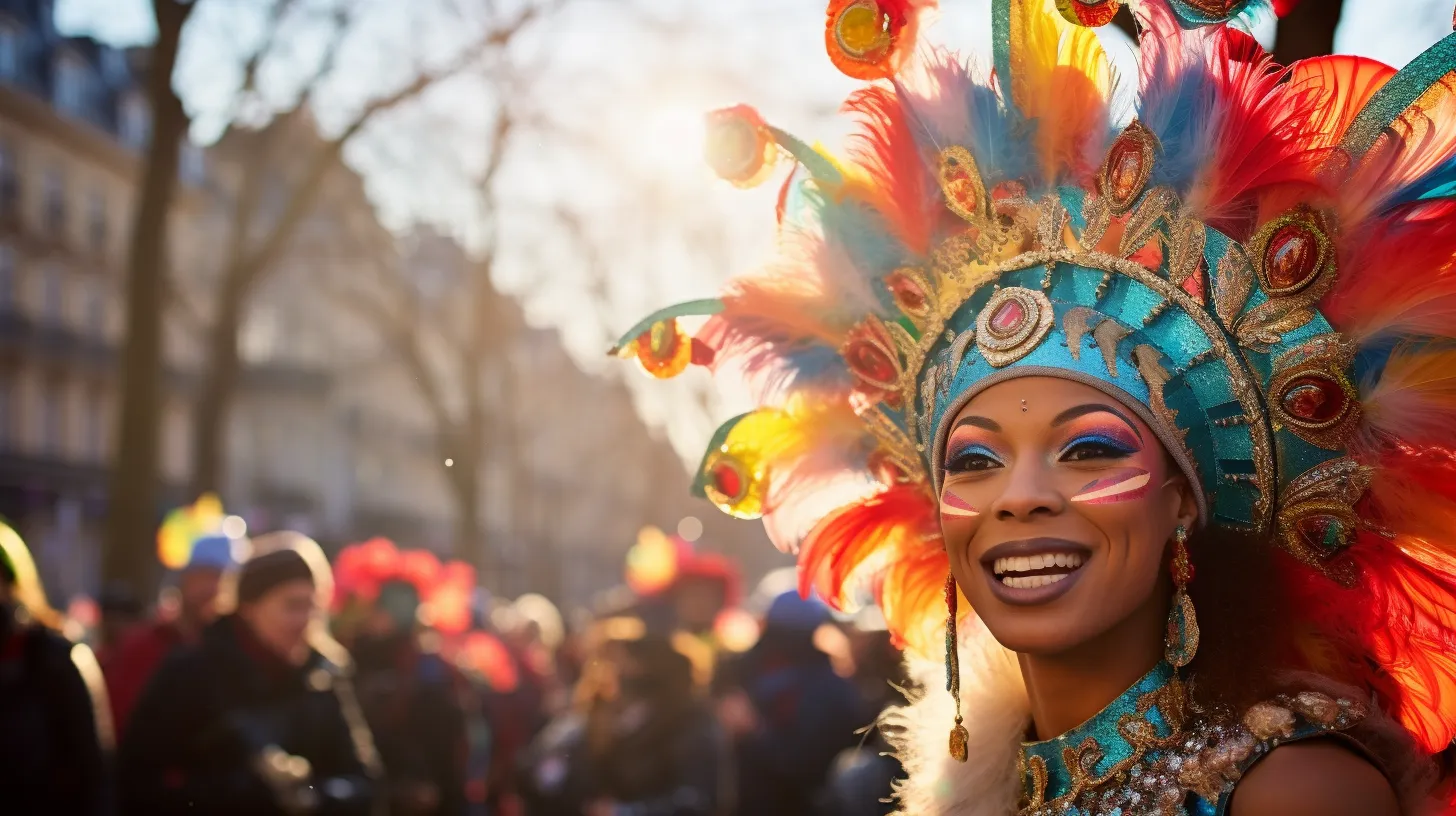
During Carnival season, Champ De Mars becomes a vibrant hub of cultural celebration and festivities. The area comes alive with traditional Carnival traditions, including colorful parades, lively music, and vibrant costumes.
Cultural celebrations fill the air as locals and tourists alike gather to participate in the joyful atmosphere. The streets are lined with street food and drink vendors, offering an array of local cuisine and refreshing beverages to keep the energy high.
The Carnival season brings euphoria and partying, with the festivities lasting until sunrise on the last day. Champ De Mars becomes crowded during this time, with construction for stands along the carnival route adding to the bustling atmosphere.
It’s a time when the spirit of freedom and cultural pride fill the air, creating an electrifying and unforgettable experience for all who participate.
Future Developments and Revitalization

How will Champ De Mars undergo future developments and revitalization to enhance its cultural and economic significance?
Urban planning initiatives are underway to revitalize Champ De Mars, focusing on preserving its historical significance while modernizing its infrastructure. Community engagement is a key aspect of these efforts, with input from local residents, businesses, and cultural organizations shaping the future developments.
The removal of fences around Champ de Mars signals a commitment to open, accessible public spaces. The foundation stones laid for the new Palais National are a tangible sign of progress.
These revitalization efforts aim to attract more visitors, boost economic activity, and create a vibrant hub for cultural exchange. With determination and collaborative urban planning, Champ De Mars is poised to reclaim its position as a symbol of Haiti’s resilience and cultural heritage.



